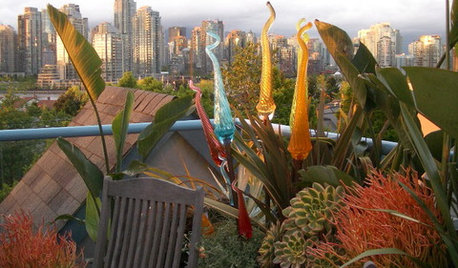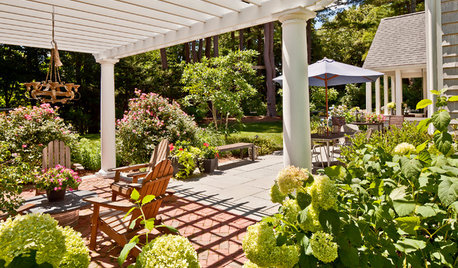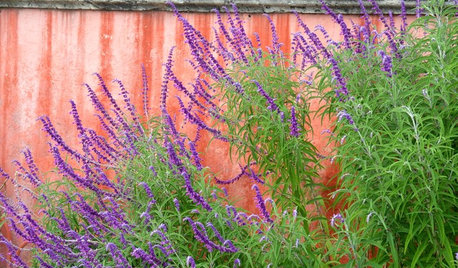Why did my Azaleas not bloom.
celticmadman
17 years ago
Related Stories

GARDENING GUIDESTop 12 Summer-Blooming Perennials for Deer-Resistant Drama
Can you have garden color, fragrance and exciting foliage with hungry deer afoot? These beauties say yes
Full Story
GARDENING AND LANDSCAPINGDouble Take: Bizarrely Beautiful Spires Bloom on a Vancouver Roof Deck
Did alien-looking plants in deviant colors land in this Canadian rooftop garden? Come in for a closer look
Full Story
PATIO OF THE WEEK3 Microclimates and Countless Blooms
A trio of outdoor rooms plus a porch swing, exuberant plantings and plenty of seating make this Massachusetts yard ready to entertain
Full Story
GARDENING GUIDESGreat Design Plant: Amelanchier Signals Spring With Airy White Blooms
With roughly 20 species of serviceberry native to the U.S., bees can feed on the early-season blooms while birds enjoy the summer berries
Full Story
NATIVE PLANTSGreat Native Plant: Grow Wild Quinine for Its Unique Clusters of Blooms
Get connoisseur cred and unique blooms with this uncommon plant. Bonus assets: It’s low maintenance and drought tolerant
Full Story
GARDENING GUIDESHow to Prune Your Flowering Shrubs for the Best Blooms
Less is often more when it comes to properly pruning flowering shrubs. Here’s what to do and why
Full Story
MORE ROOMSIf This Bloom Were a Room
Here today, gone tomorr ... Nope. Décor inspired by spring blossoms lets you enjoy their beauty long after the last petal has dropped
Full Story

GARDENING GUIDES10 Plants for Colorful Fall Blooms in the Drought-Tolerant Garden
Want fall color but not a big water bill? Consider these not-too-thirsty fall bloomers
Full Story
GARDENING GUIDESGreat Design Plant: Ceanothus Pleases With Nectar and Fragrant Blooms
West Coast natives: The blue flowers of drought-tolerant ceanothus draw the eye and help support local wildlife too
Full Story





morz8 - Washington Coast
rhodyman
Related Professionals
Citrus Heights Landscape Architects & Landscape Designers · Glen Ellyn Landscape Architects & Landscape Designers · Manhattan Beach Landscape Architects & Landscape Designers · Berkeley Heights Landscape Contractors · Beverly Hills Landscape Contractors · Cicero Landscape Contractors · Dedham Landscape Contractors · Dinuba Landscape Contractors · Hannibal Landscape Contractors · Kailua Landscape Contractors · National City Landscape Contractors · Pompton Lakes Landscape Contractors · Ringwood Landscape Contractors · San Pedro Landscape Contractors · Vadnais Heights Landscape Contractors